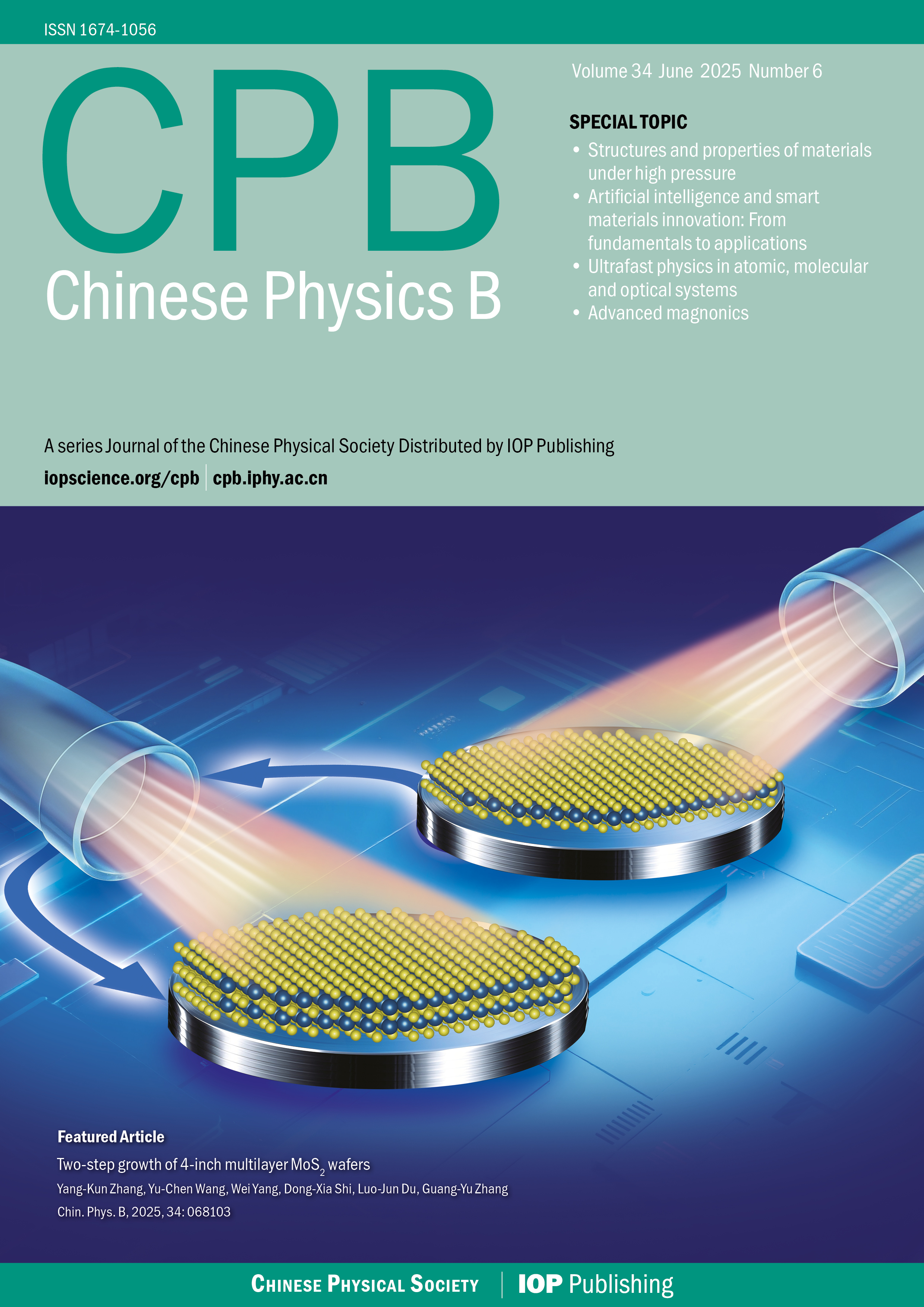Unified treatment of the bound states of the Schi ¨oberg and the Eckart potentials using Feynman path integral approach
- Available Online: 01/01/2015
-
Key words:
- path integrals,?-states /
- Schi ¨oberg potential /
- Eckart potential
Abstract: We obtain analytical expressions for the energy eigenvalues of both the Schi ¨oberg and Eckart potentials using an approximation of the centrifugal term. In order to determine the ?-states solutions, we use the Feynman path integral approach to quantum mechanics. We show that by performing nonlinear space–time transformations in the radial path integral, we can derive a transformation formula that relates the original path integral to the Green function of a new quantum solvable system. The explicit expression of bound state energy is obtained and the associated eigenfunctions are given in terms of hypergeometric functions. We show that the Eckart potential can be derived from the Schi ¨oberg potential. The obtained results are compared to those by other methods and found to be consistent.

 首页
首页 登录
登录 注册
注册






 DownLoad:
DownLoad: